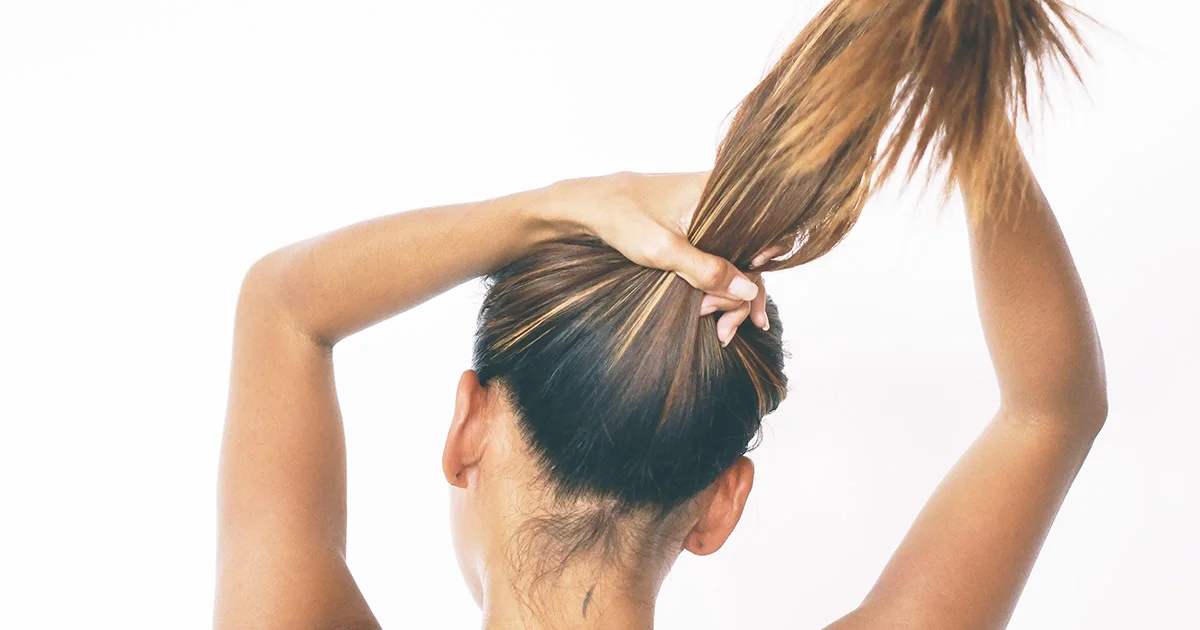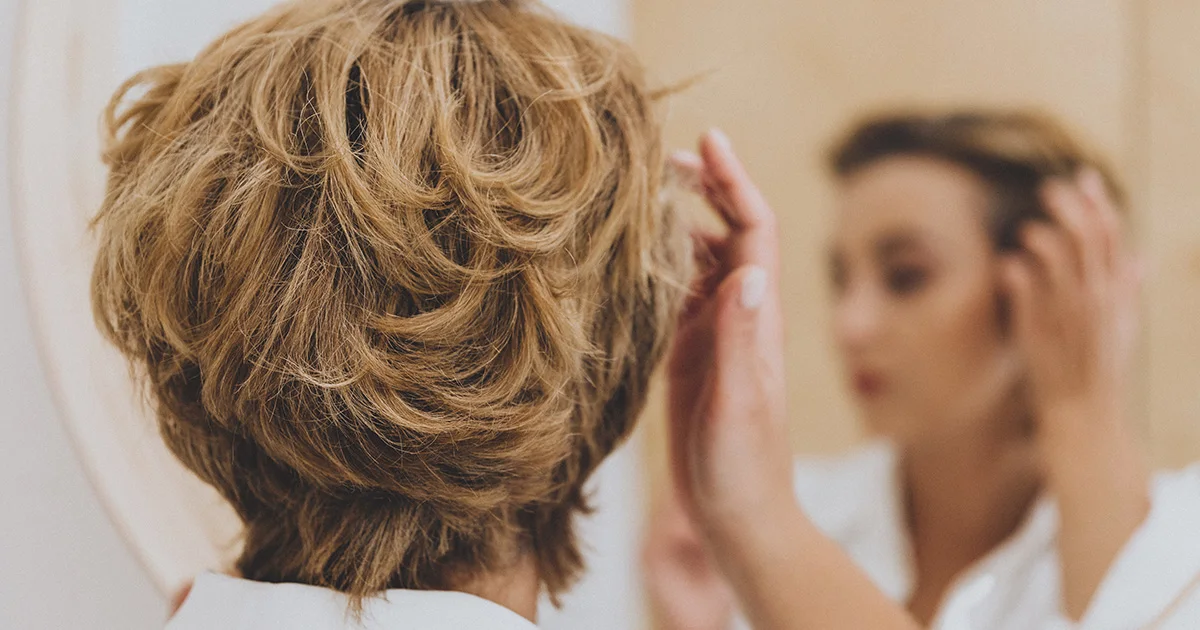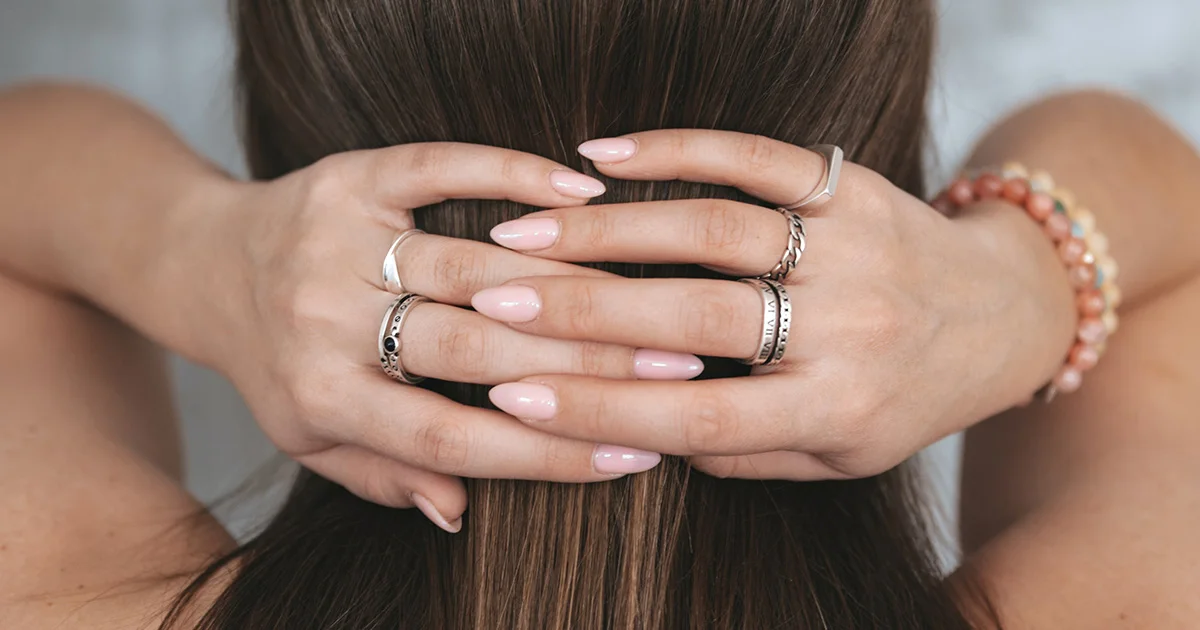Here's what we'll cover
Here's what we'll cover
Most people don’t need cosmetic surgery—that’s no secret. But many choose to undergo elective procedures for comfort around long-standing physical insecurities or simply to boost self-confidence. While more invasive procedures may come to mind first, such as breast augmentations and rhinoplasties (nose jobs), there’s an expanding range of minimally invasive treatments available, such as microblading.
Microblading gained popularity rapidly as a way to semi-permanently fill in thin brows or get closer to the coveted thickness of brows on celebrities like Cara Delevingne. More recently, microblading has been used to help improve the appearance of hair loss and is expanding its treatment areas a little further north—to the scalp.
What is scalp microblading? How does it work?
You’ve probably heard about or seen eyebrow microblading, arguably the most popular area for this treatment. (It’s also similar to semi-permanent makeup such as tattooed eyeliner.) Microblading is a semi-permanent tattoo styled to mimic natural hairs in order to mask thinning hair, and most aestheticians doing this procedure work to strategically blend the lines they’re creating seamlessly into the natural hair that is there. Scalp microblading is simply when this is done on the hairline or scalp instead of on the eyebrows.
Incisions are made using hair-like strokes in the treatment area, and a cosmetic pigment is embedded into the dermis. Some places require a consultation with an aesthetician prior to the treatment to discuss placement and match your hair color with the correct pigment. For women, the areas most typically getting the microblading treatment are the temples, the front hairline, and the part. Men tend to get their temples and the crown of their heads done, although some are opting for more all-over coverage. Hairline microblading is also a popular treatment for receding hairlines.
Does scalp microblading hurt?
Aftercare is also simple and painless and similar to that with tattooing. Dr. Jeffrey S. Fromowitz, M.D., F.A.A.D is a Board-Certified Dermatologist who practices general, cosmetic, and pediatric dermatology in his Boca Raton practice, Dermatology of Boca, explains that the area may be red and a little inflamed, and there may be some crusting as it scabs. He suggests taking it a little easy and avoiding places that may not be as clean, like the gym, for a couple of days. You also won’t be allowed to wash your hair for the week so that the pigment placed in the dermis can settle. Since sun exposure can lighten the color of the dye, you should also apply sunscreen to your scalp if you’re spending time outside (Bonus tip: Applying sunscreen is always a good idea anyway!).
Considerations for scalp microblading
But for some people, this cosmetic procedure may cause more problems than it aims to fix. Skin conditions such as eczema and psoriasis may be exacerbated by the treatment, Dr. Fromowitz explains. He also underscores that some people may have an allergy to the pigment, so it’s important to be open about your allergies with your aesthetician and ask about what type of color they’re using. Although it’s still possible to get the treatment, people with these conditions may want to speak with a healthcare practitioner such as a dermatologist before signing up.
Scalp microblading also isn’t suggested at a certain point. The goal for most aestheticians is to artfully blend the tattooed lines in with existing hair in thinning areas, and when hair is sparse enough, microblading no longer creates the same illusion. Hair strands can be replicated with tattooing, but there’s nothing with which it can blend in without some real hair in the area. If you’re unsure where you stand, consult with an aesthetician who can determine if you’re a good candidate for the cosmetic procedure. Dermatologists do not generally perform this procedure.
But it’s also important to keep in mind that microblading treatments don’t help grow new hair, unlike some other treatments for baldness that encourage hair growth. Aestheticians can replicate hair in bald spots, but it’s not the same as, say, a hair transplant. Although microblading is a form of a tattoo, it’s also important to note that it isn’t a permanent solution. There is some upkeep involved, as we explain below.
How long do results last?
While many experts say scalp microblading treatments can last up to a year, it depends person to person. The pigment can only be embedded so far into the skin, like a tattoo. But unlike common tattoo areas, you lose skin faster on your scalp due to everyday activities that strip away the cells, like washing your hair. Microblading doesn’t last as long on oily skin, and frequent hair washing can also quicken the pace at which the pigment leaves the skin. Sun exposure can also lighten the color, dampening the desired impact.
But it also may take more than one session to get your desired goal for scalp microblading. Most salons require a touch-up or perfecting session several months after your initial appointment to ensure the final look is what you had in mind. And if you’re hoping to have a large area of your scalp covered with the treatment, you may need to break it up into multiple sessions.
DISCLAIMER
If you have any medical questions or concerns, please talk to your healthcare provider. The articles on Health Guide are underpinned by peer-reviewed research and information drawn from medical societies and governmental agencies. However, they are not a substitute for professional medical advice, diagnosis, or treatment.










